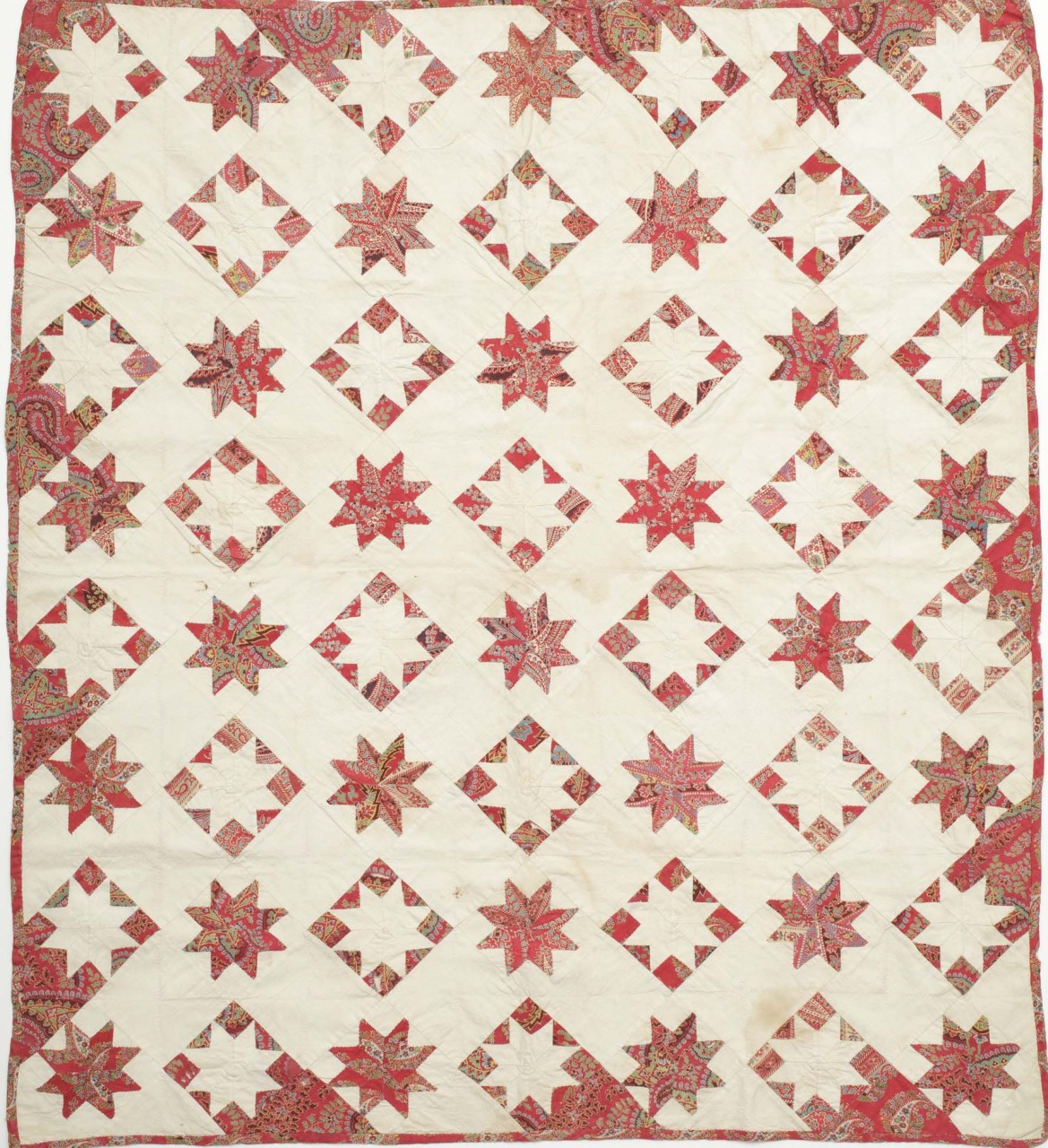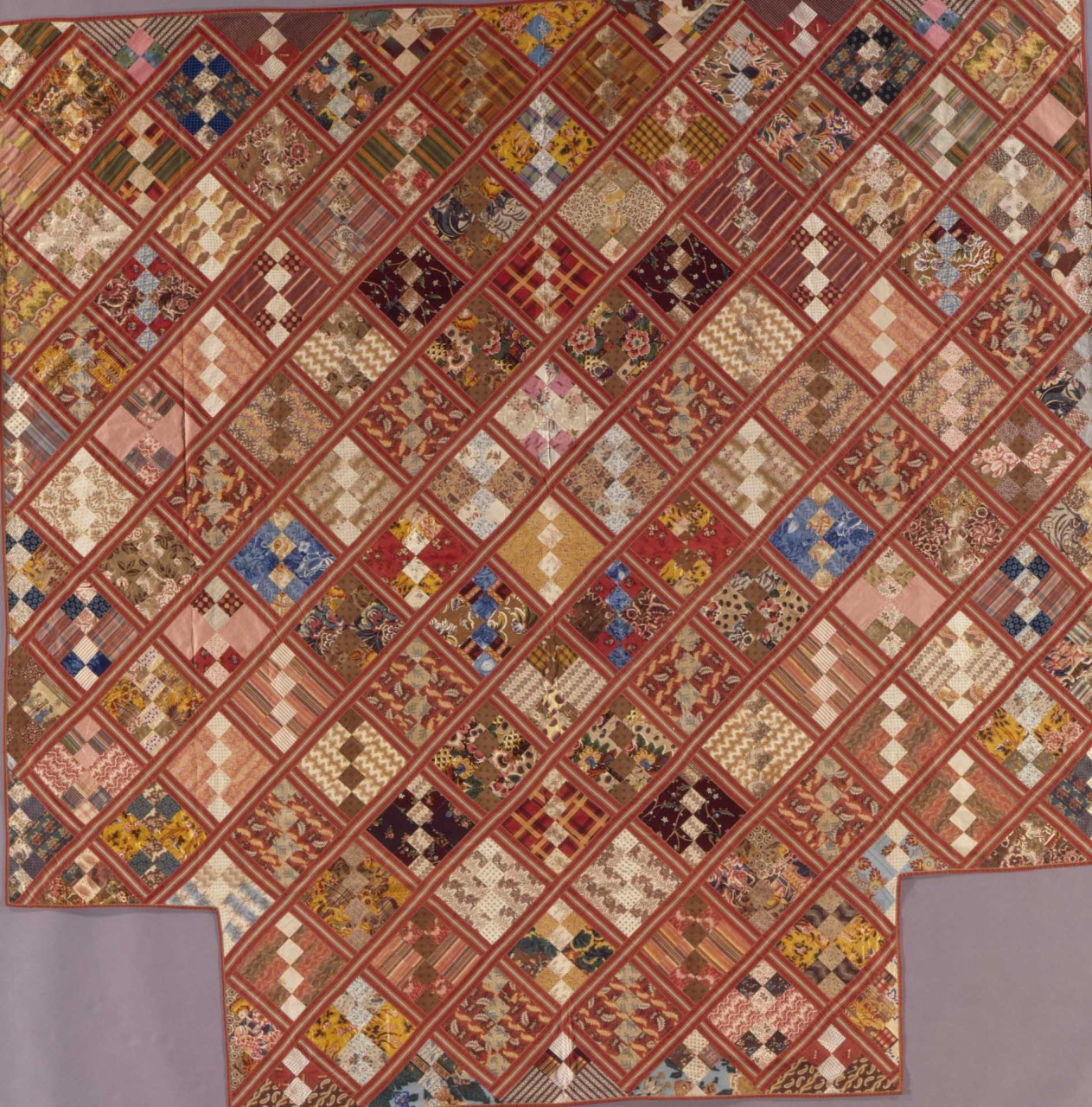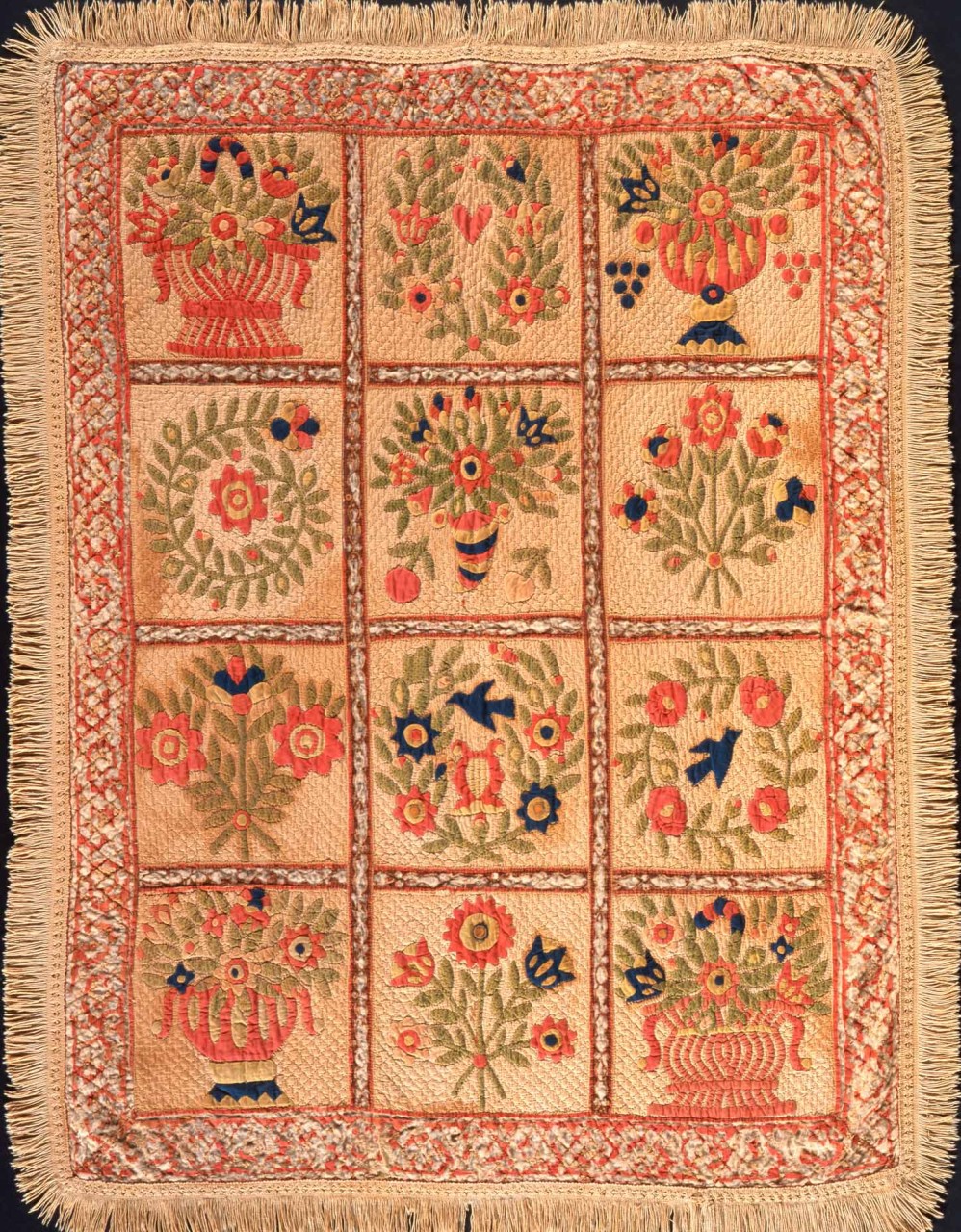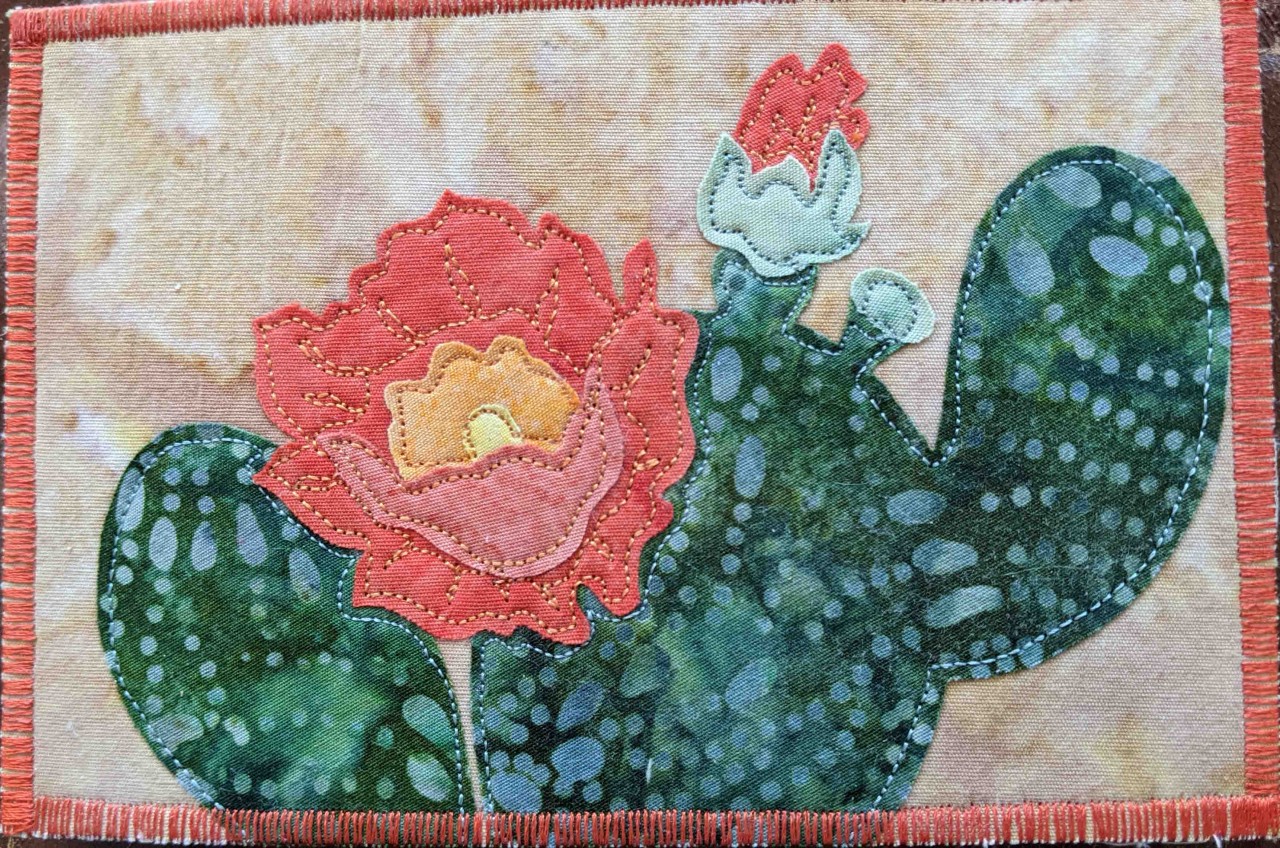
Research never ends. Even when you think you’ve exhausted the resources available and come to realistic conclusions. Remember, research NEVER ends. There are new documents uncovered, or new papers added online (particularly during the pandemic), and new textiles or quilts uncovered. Sometimes an expert you relied upon concluded something that is no longer supported by your new research, because…research never ENDS. It is an important rule to remember in researching, that periodically revisiting a research topic you are passionate about is vital. Our research on Chintz fabric that was the subject of our Chintz Quilts book has continued for more than 10 years. This year at the request of the Mingei International Museum we also began re-visiting our indigo research of more than 10 years. Which brings me to our book Hidden Treasures that included research...





